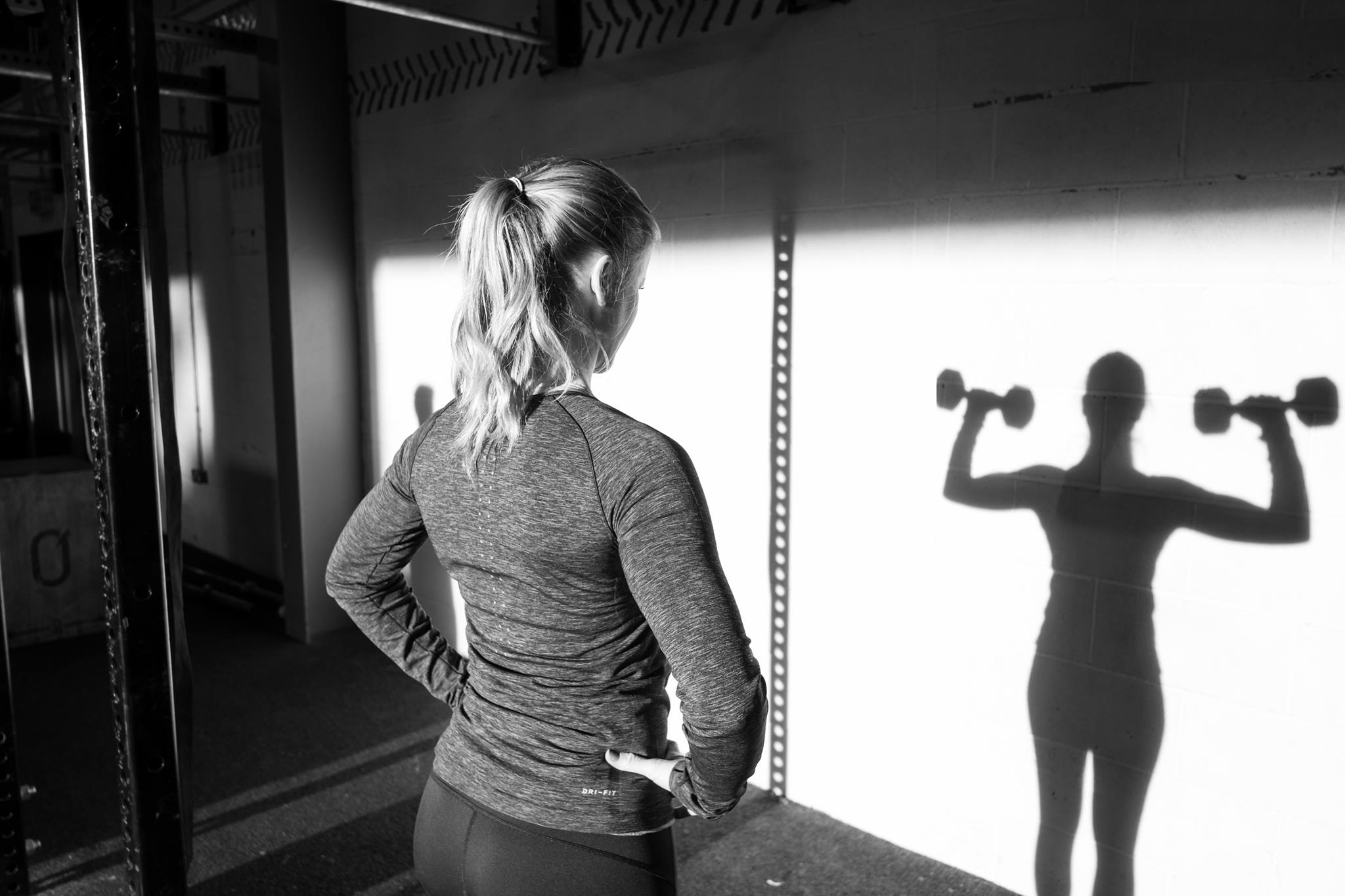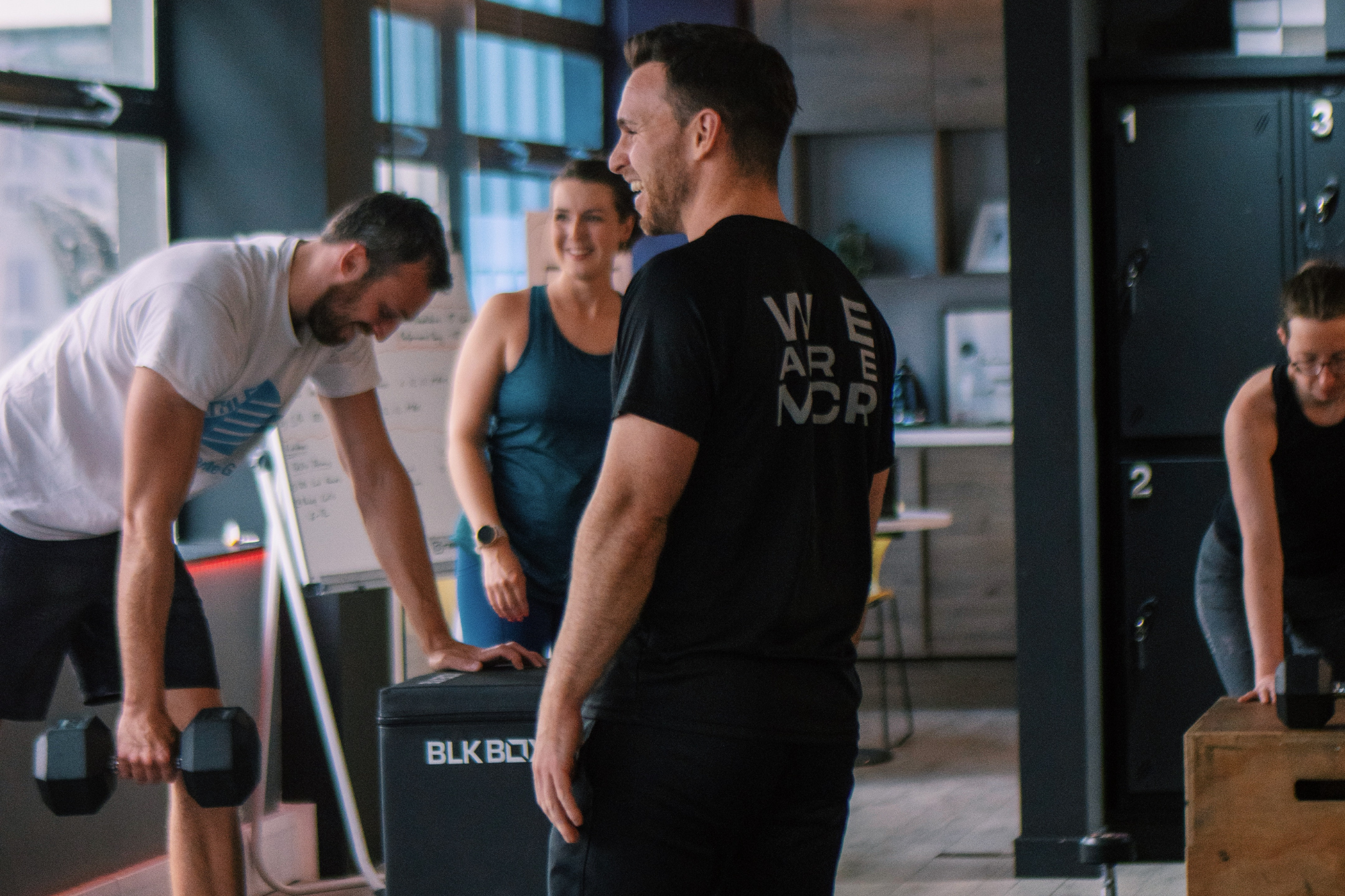Stop with the weight loss fads, it’s time to get the basics nailed!
>>> Detoxes, weight loss cleanses, calorie restrictions, zero carb, fasting, skinny coffee, diet pills, supplements etc. <<<
We’re going to strip the whole weight loss process right down to the basics before building it back up again. Getting the basics nailed will guarantee immediate fat loss & enhanced health. ?
Step 1: STAND UP
Yep, that’s it!
The average person sits for around 12 hours a day with very little movement – it’s now being recognised that our sedentary lifestyles are making us sick & are a major contributor towards long term health problems. In fact, our sedentary lifestyles are more harmful to our health than smoking. Now that is scary!
Even if you’re hitting the gym hard 3 times a week & eating ‘clean’ that’s generally not enough if you want to improve your health markers, enhance weight loss & ward off long term disease such as diabetes, depression & cardiovascular disease.
Simply by standing rather than sitting raises your heart rate about 10 beats per minute which in turn increases calorie burn between 20-50 calories per hour dependent upon your size. Now, if you were to add movement to standing you will further increase that calorie burn & in turn simply improve your overall health status.
If the average person was to stand for 8 hours a day instead of sitting they could burn an additional 2500 calories per week, accelerating weight loss – and that’s without adding in any movement!!
Step 2: None Exercise Activity Thermogenesis (NEAT)
NEAT is all movement that doesn’t include exercise such as standing, walking, cleaning, shopping etc.
An increased NEAT has been shown to increase daily energy expenditure by up to 2000 calories!!
Think of it this way… the average gym goer uses around 400-500 calories in a one-hour training session – it’s very unlikely you’ll ever burn 2000 calories in a session. Therefore an increased NEAT will dramatically enhance your weight loss efforts.
A recent study showed that over 40% of over 40’s aren’t even getting 10 minutes of activity in each month – rather shocking statistic. The negative implications on long-term health can be dramatically altered by simply increasing your NEAT.
Those that do train & are hitting plateaus ask yourself these questions… ?
- Are you moving & keeping active outside of the gym?
- Are you getting the recommended 10k steps in each day EVEN if you’ve trained?
- Are you sitting for more than 3 hours each day?
- How often do you actually get up & move each day?
We highly recommend you download an activity tracker app like Quardio Heart Health & start to understand the reality of your daily activity… or inactivity.
Step 3: CALORIES versus FOOD
You’re eating too many calories – NOT too much food. There’s a big difference!
You’re not considering the calories within food e.g.
A Lemon poppy seed muffin = 470 calories / 17g fat / 50g sugars / 2.4g fibre / 6g protein
> This type of food is nutritionally lacking, very high in sugars, low in fibre & is liable to cause energy crashes & sugar cravings.<
Compare that to a Moroccan spiced tuna steak with 100g quinoa, broccoli, asparagus = 260 calories 2g fat / 3g sugars / 10g fibre / 35g protein
>This type of food is nutritionally dense, high in protein & fibre which will create a feeling of fullness & stabilise energy levels.<
It’s very hard to overeat nutritionally dense food, which means you’ll easily be able to keep calories under control whereas processed foods are very calorie dense meaning it’s very difficult to keep calories under control.
The first step to ensuring calorie balance is by keeping a food log. Using an app like MyFitnessPal is a great place to start to identify whether or not your calories are out of control.
Step 4: PROTEIN
You’re not eating enough protein!
> Protein helps you maintain lean body mass (muscle) whilst dieting which is important as lean muscle mass is much more metabolically demanding than fat mass – meaning lean muscle utilises more energy / calories to function
> Protein helps you lose body fat and assists weight loss due to its demanding thermic affect (the amount of energy expenditure required to process food)
> Protein causes satiety – it creates a sense of fullness & stops you overeating
Now you know why you should be eating protein here’s a daily target to shoot for:
1-1.2g of protein per lb of body weight will suit most looking for weight loss
If you want to keep it really simple, aim for 1 palm sized piece of protein in each of your meals per day.
Ensure your source is a good quality, unprocessed protein such as:
Beef, chicken, turkey, tuna, cod, seabass, wild meats, trout etc. Avoid processed protein such as bacon, sausages, cured meats packet meats.
Step 5: STRENGTH – You’re not training hard enough!
If your primary goal is fat loss, it’s important that the type of training you do will metabolically stress the muscles & use up glycogen stores (stored energy).
Strength training is an ideal method to doing this but ensuring that you’re working with the right rep range & load is important.
2 scenarios that aren’t working…
>> Your reps are too low. Low rep ranges (under 6 reps) with long rest periods won’t metabolically stress the muscles enough to promote this response – it’s also very difficult to work with low reps ranges & very high loads whilst in a calorie deficit, generally you’ll lose strength ❌
>> Your reps are too high. High rep ranges 15+ with light loads again won’t metabolically stress the muscles, you simply won’t be working at a high enough intensity. Even though you may get a nice pump & burn from working with higher reps that doesn’t mean It will promote the response you’re looking for. ❌
So what’s ideal for weight loss?
Working in a rep range between 6-12 reps, with heavier loads will give you optimal levels of tension & metabolic stress in the muscles to ensure glycogen depletion, meaning stoked metabolism & enhanced fat burning potential. ??
Keep rest periods short – 60 seconds max
Work in rep ranges of 6-8, 10-12 & maybe finish your session with some higher rep ranges as a burn out ?
Step 6: DIET – you’ve been dieting for too long!!
Long term dieting or more precisely being in a long term calorie deficit & training regime can potentially have negative effects on your weight loss efforts.
How do you know if this is you?
Ask yourself these questions…
- Have you been in a long-term calorie deficit?
- Have you tried making a few adjustments to your diet?
- Have you tried pushing your workouts a little harder?
- Have you tried ‘cleaning’ your diet up?
- Are you eating protein with each meal?
- Have you been tracking your calories?
- Have you been keeping track of your steps & daily movement ensuring you’re getting your 10k steps in each day?
Answered yes to each of these questions? Here’s what could be happening…
You weigh less – a lighter body burns less calories
Contrary to what most people think, heavier individuals have a higher metabolic rate compared to lighter individuals. And this makes perfect sense. Which vehicle would burn more fuel? A Range Rover or a Nissan Micra? It goes without saying that the bigger vehicle, in general, will use more fuel than the smaller one. The same goes for human beings. A lighter body burns less energy. Period.
Metabolic Adaptation
One reason why the calories in/calories out hypothesis drives people crazy is that the calories outside will change. You see, your body cares about one thing: survival. And it doesn’t care about getting a swimsuit-ready body for summer.
And this is a good thing. If you dropped your food intake but your metabolism stayed the same, it would be much easier to starve to death. It’s hard to appreciate that if you’re living in the modern world of supermarkets and food delivery but malnutrition is still a big deal in other parts of the world.
So to protect you during times of less food (aka dieting in the modern world) your body adapts to protect you.
This is called adaptive thermogenesis and it’s responsible for the hormonal side of the slowed metabolism. It’s understood that adaptive thermogenesis is caused by changes in energy expenditure, autonomic nervous system function, and neuroendocrine function. Here are a few of the things that happen:
- A decrease in the leptin, satiety hormone.
- A decrease in thyroid hormone levels (conversion of T4 to T3 is impaired on a calorie-restricted diet).
- A drop in sympathetic nervous system activity.
We will delve deeper into these topics in future posts.
To kick start your weight loss journey sign up to our next REFORM Group Training Camp or get supported by one of our expert Manchester Personal Trainers.





